Of the three trim levels available, mid-range N-Connecta gives you as much kit as you’re likely to need, but we’ve gone for range-topping Tekna, mainly because it opens the door to the full gamut of Nissan’s latest safety technology and driver aids. Standard equipment includes ProPilot (which combines active cruise control with lane-keeping assistance and blindspot monitors), as well as heated front and rear seats with leather and ‘ultrasuede’ upholstery, a surround-view monitor, a Bose premium audio system and full LED adaptive headlights.
On top of that, we’ve added ProPilot Park (£1090 with Tekna trim only), which is an almost fully automatic parking aid, and Spring Cloud Green metallic paint (£575).
I was never a fan of the previous Leaf’s interior or driving position, but the new one is a definite improvement, with a much more contemporary design and higher-quality materials. On first acquaintance, I still have some reservations about the driving position, mainly because the steering column doesn’t adjust for reach and I feel as though I’m perched on top of rather unsupportive seats. However, I’m not expecting this to be too much of an issue once I’ve settled in properly.
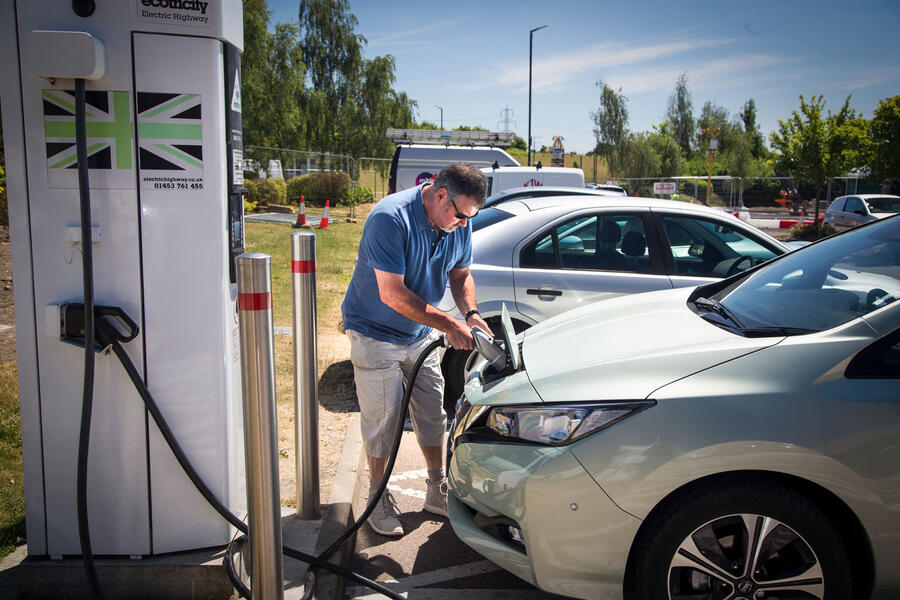
Practicality is a strong point for the Leaf, with plenty of space front and rear and a good-sized boot that’s hindered only slightly by the presence of a subwoofer on the floor. There’s a cargo net on either side of the boot for retaining the two charging cables – not as good as a separate compartment but hopefully convenient enough to prevent the boot from getting cluttered up with tangled cables.
Another piece of new technology for the Leaf is e-Pedal – a strong regenerative braking function that allows you to drive fairly easily most of the time without touching the brake pedal. I know from previous experience with the i3 that this ability to drive using just one pedal makes for exceptionally smooth progress, especially around town. There’s no creep in this mode, though, so it isn’t ideal for parking. In which case, you can switch it off, giving the same level of creep as you’d get in a normal automatic.
As you’d expect, the Leaf is wonderfully smooth and quiet when it’s rolling along, and its ride is remarkably comfortable, while the 148bhp electric motor provides lively, linear performance. The new car also feels more stable than its predecessor did, so I’m hopeful that it’ll be more assured on the motorway.
The big questions for me are ‘Has Nissan made a big enough step forward compared with the original Leaf and its contemporaries?’ and ‘Is the Leaf now usable enough to give it widespread appeal?’. No matter what the answers turn out to be, there are two things I can count on. One: my running costs are about to drop dramatically. And two: my doctor will be happy, as I’ll be in rude health.
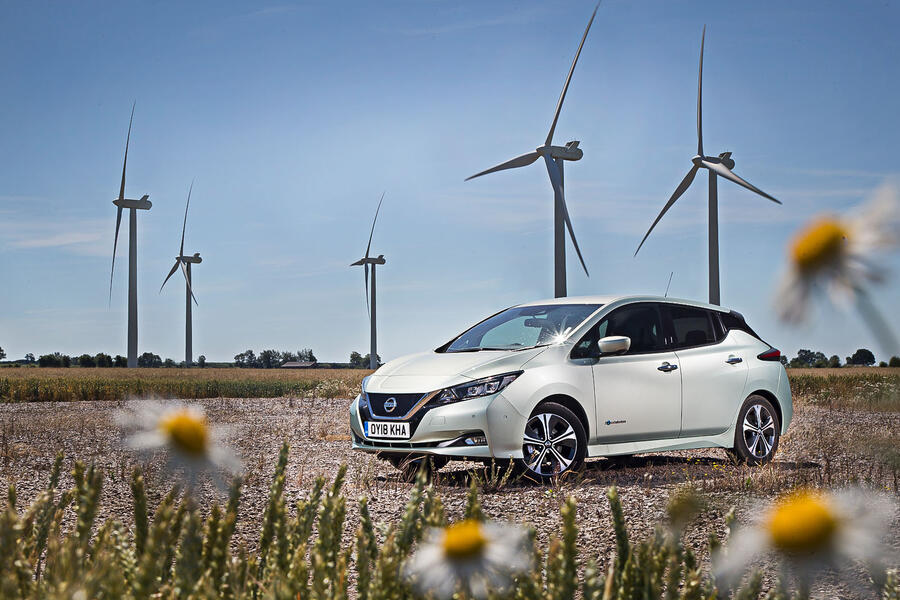
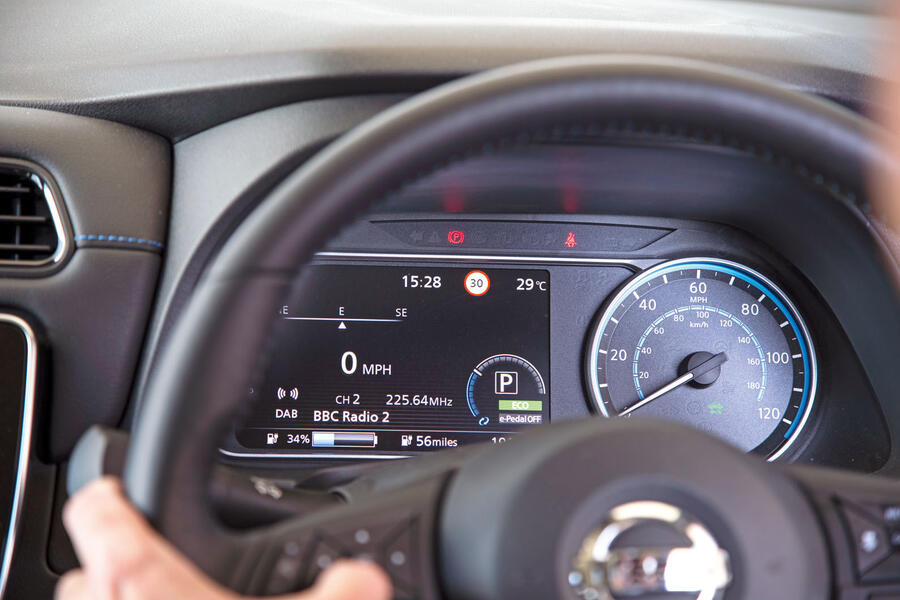

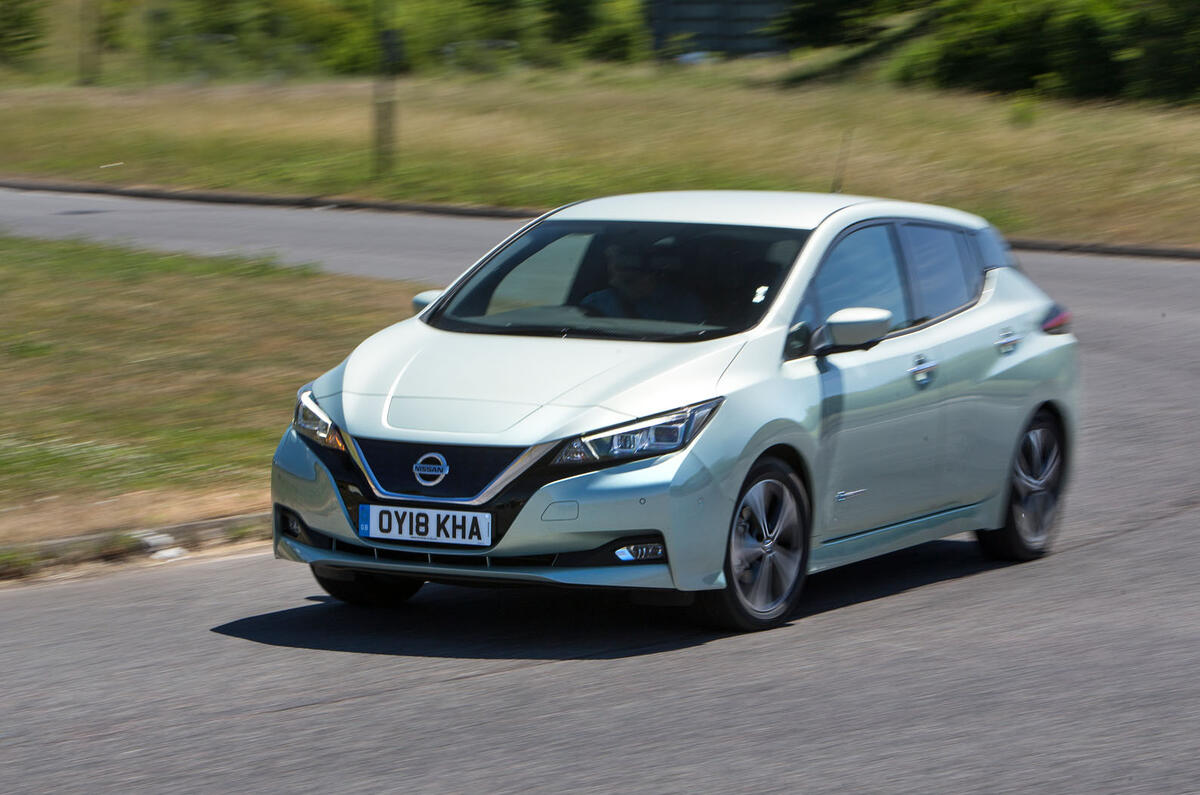
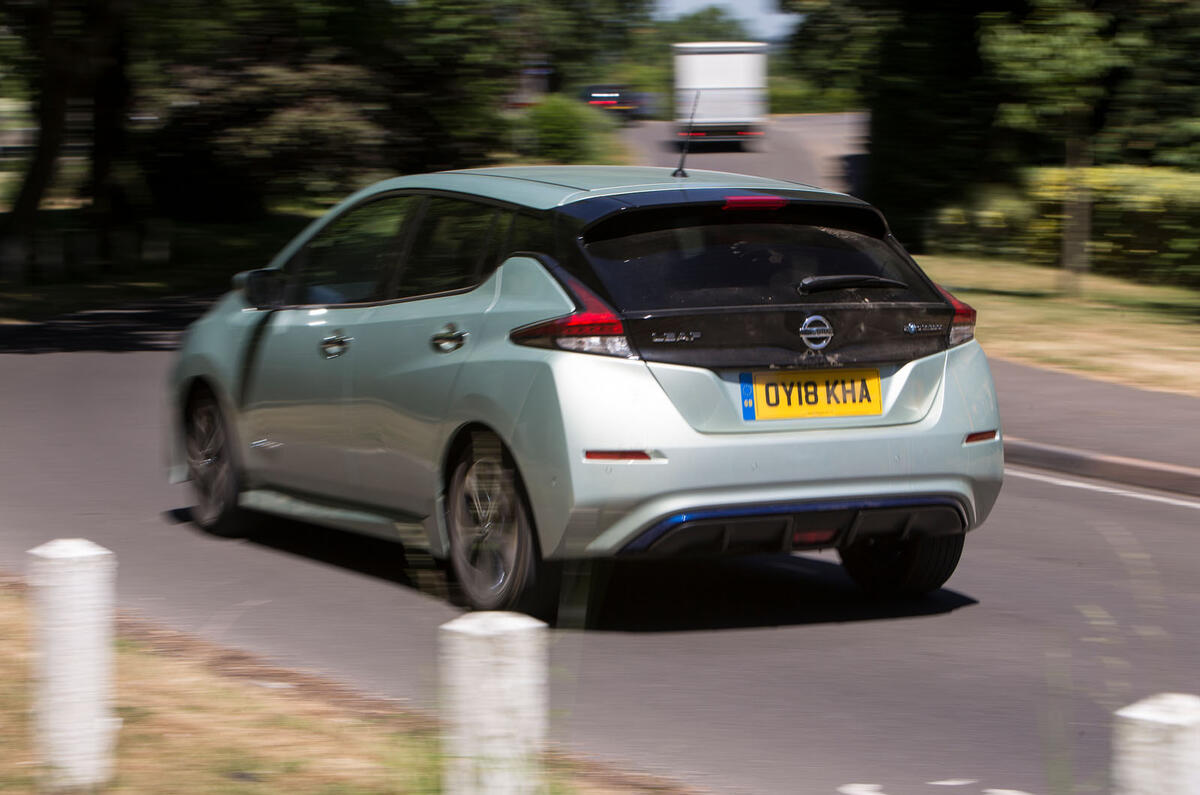
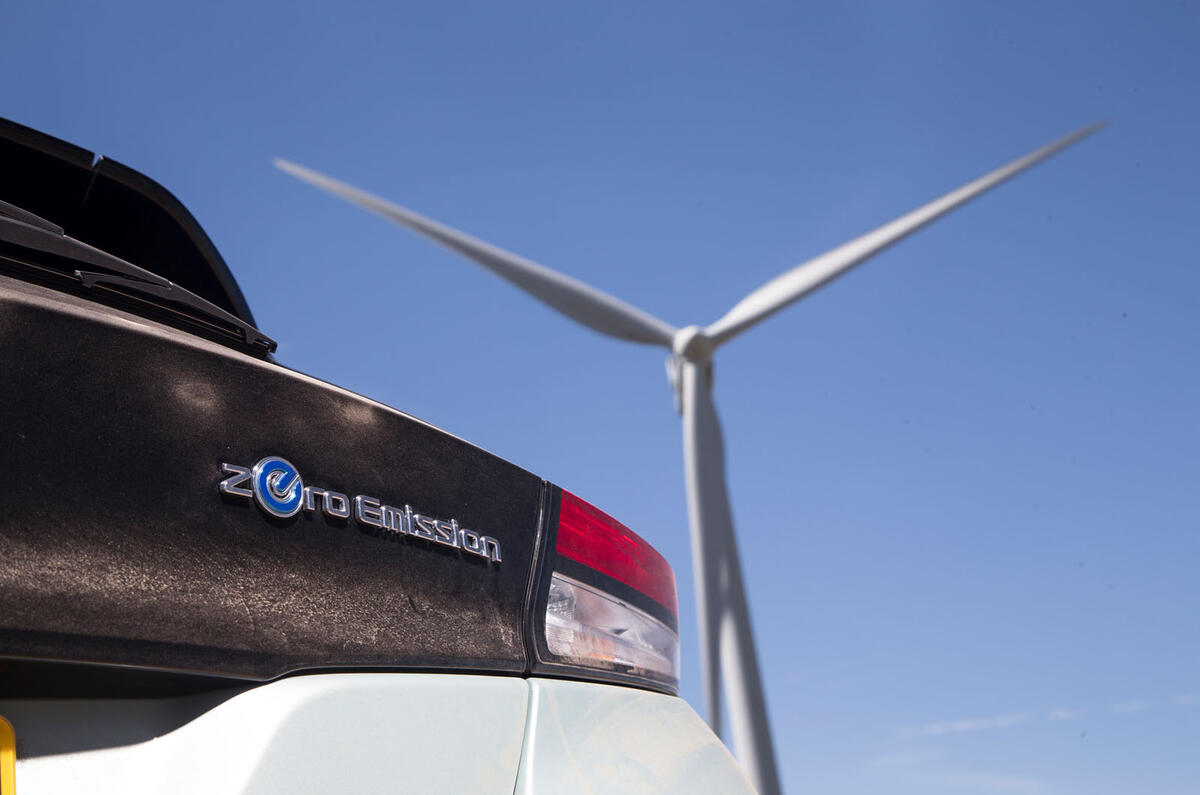
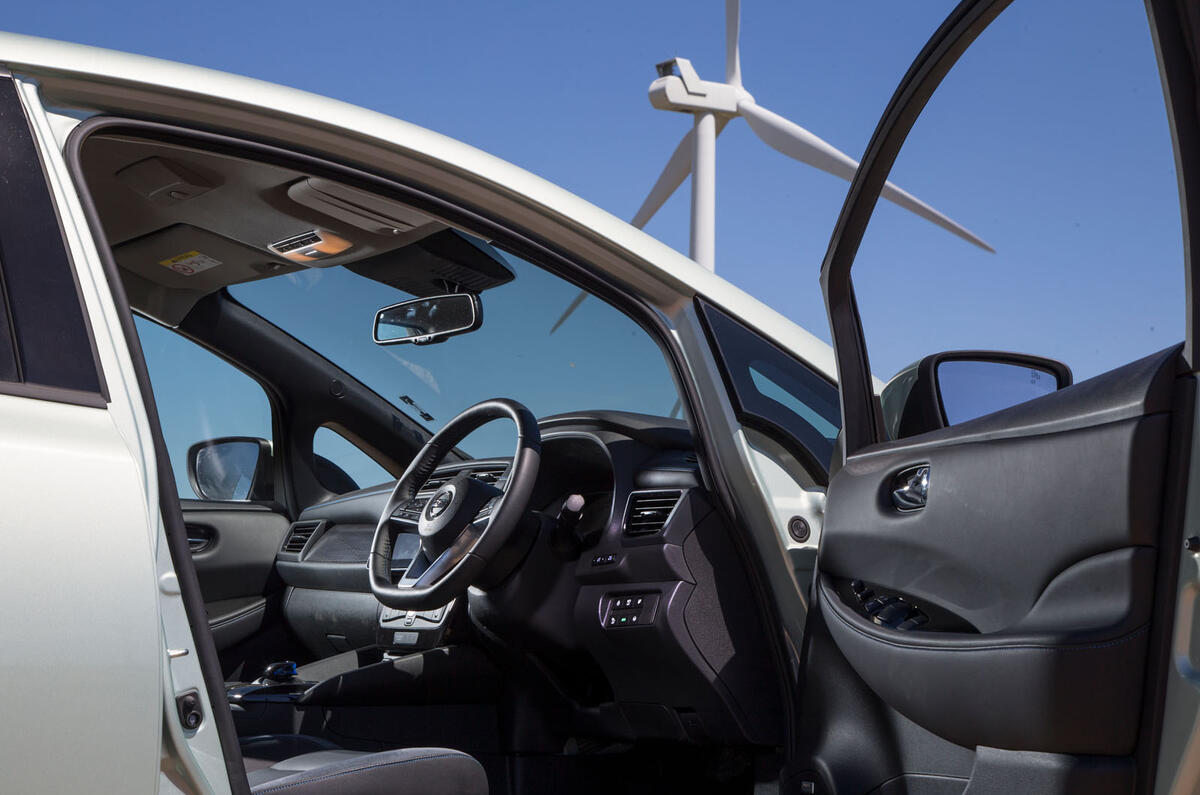
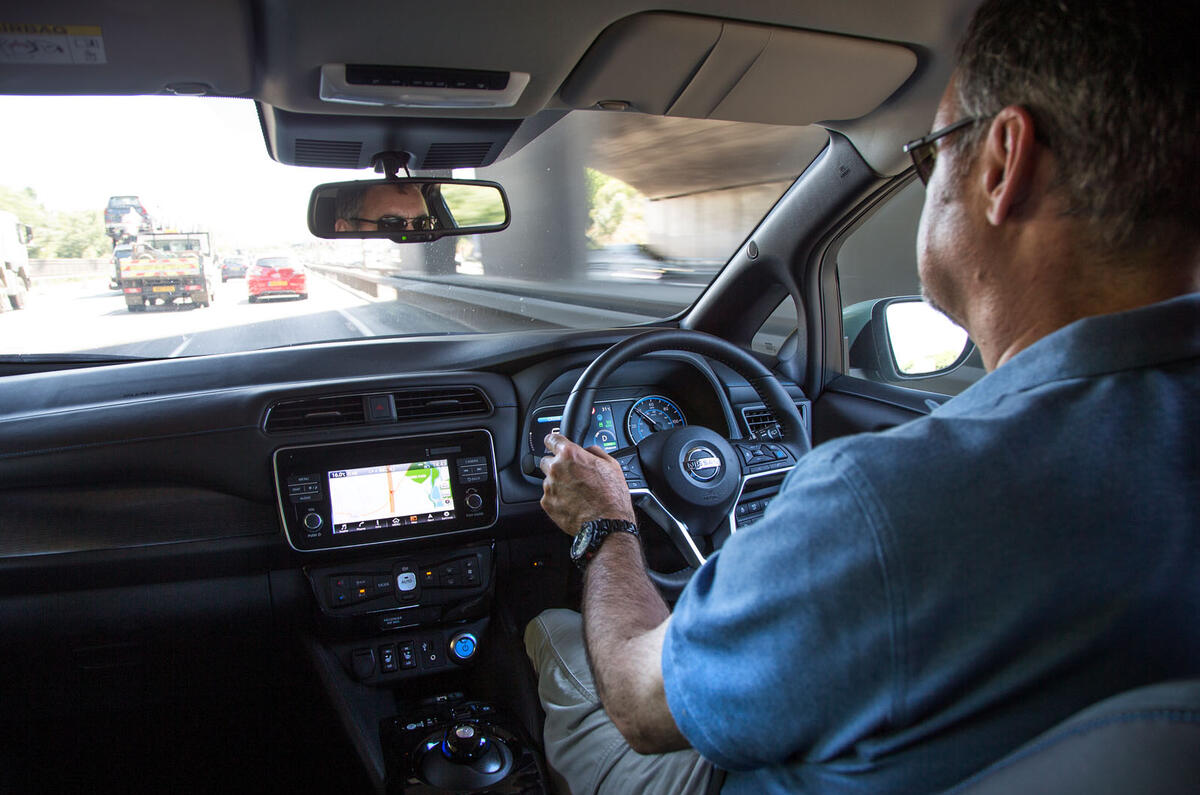
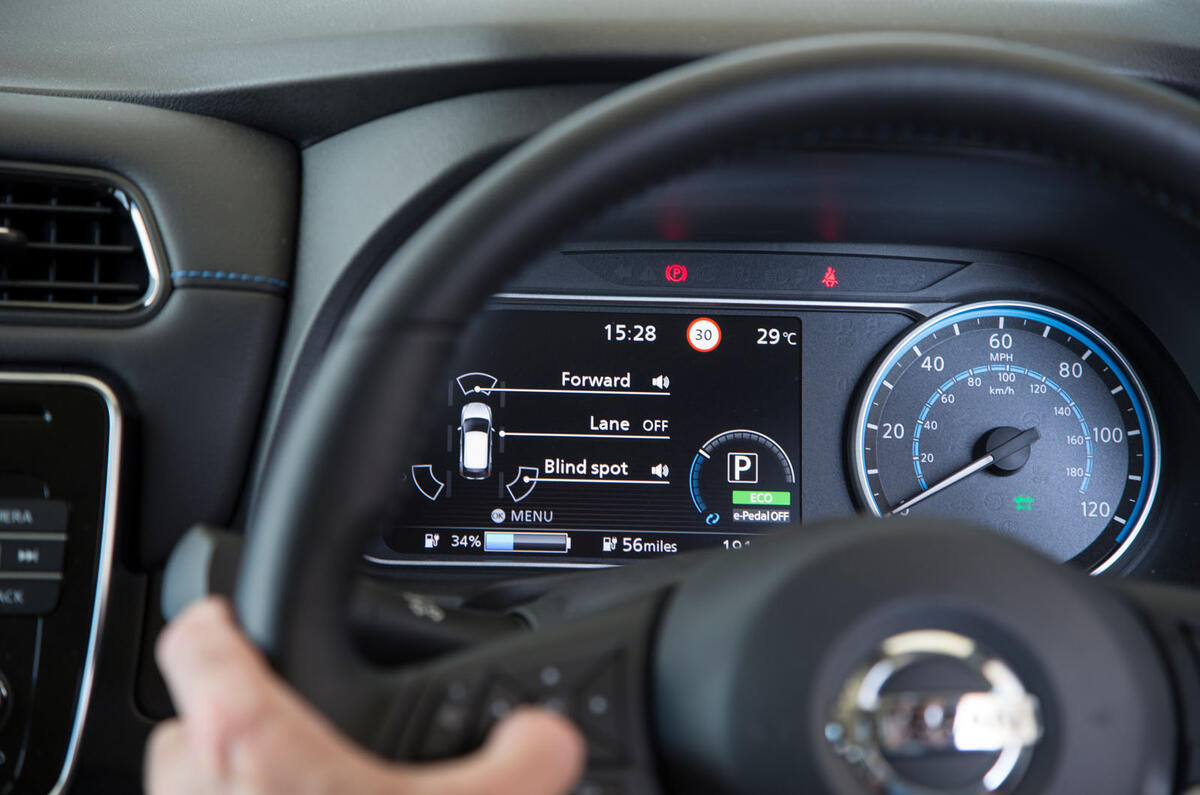
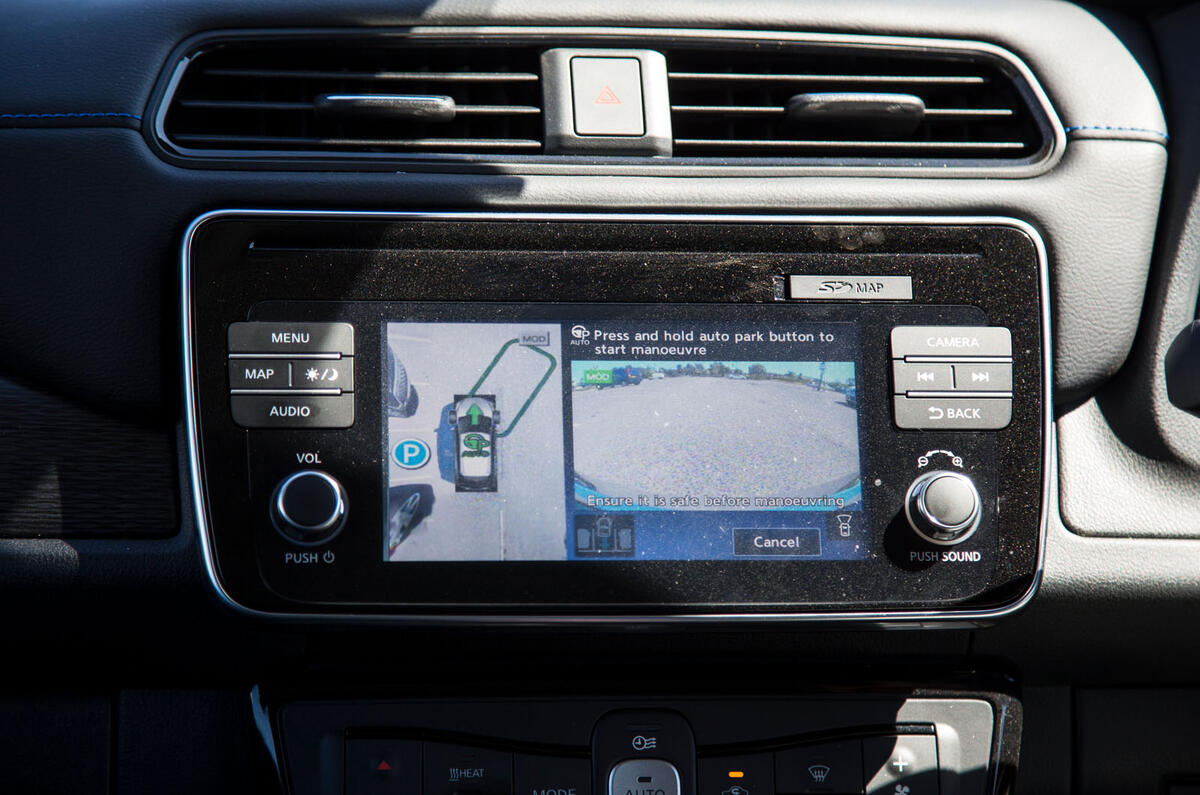
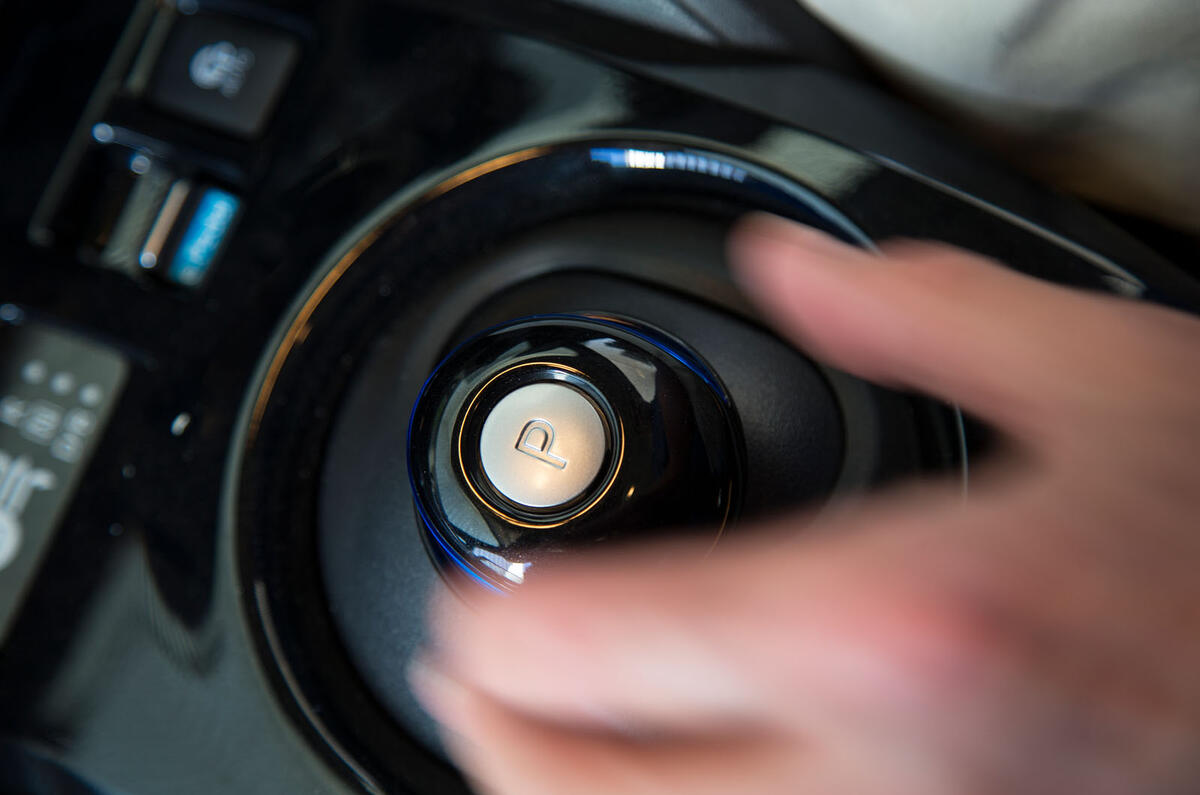
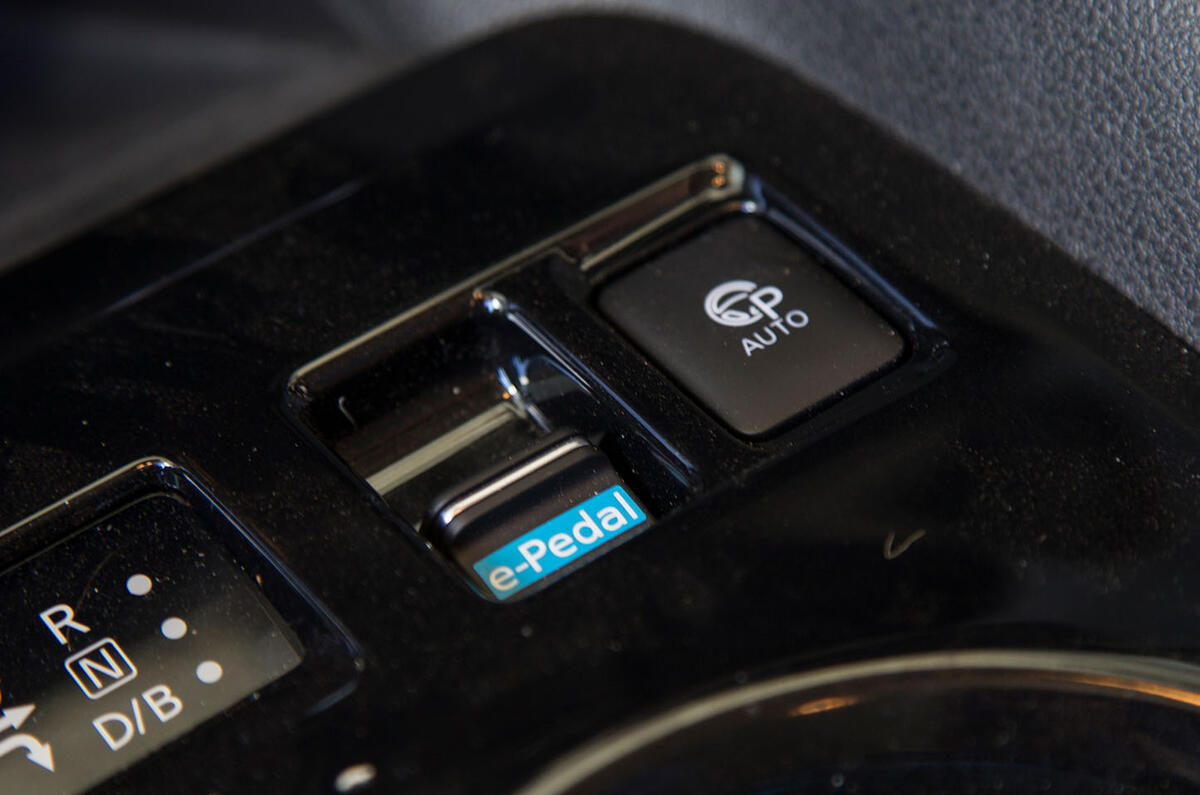
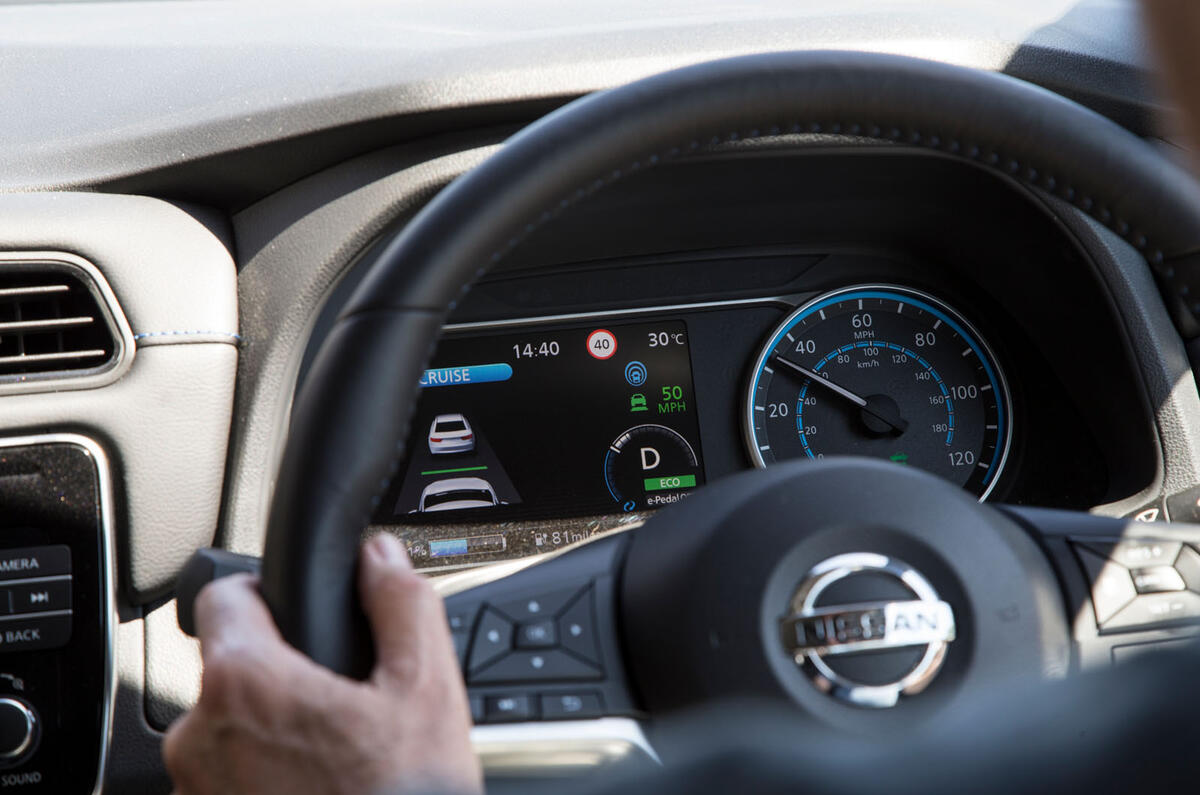
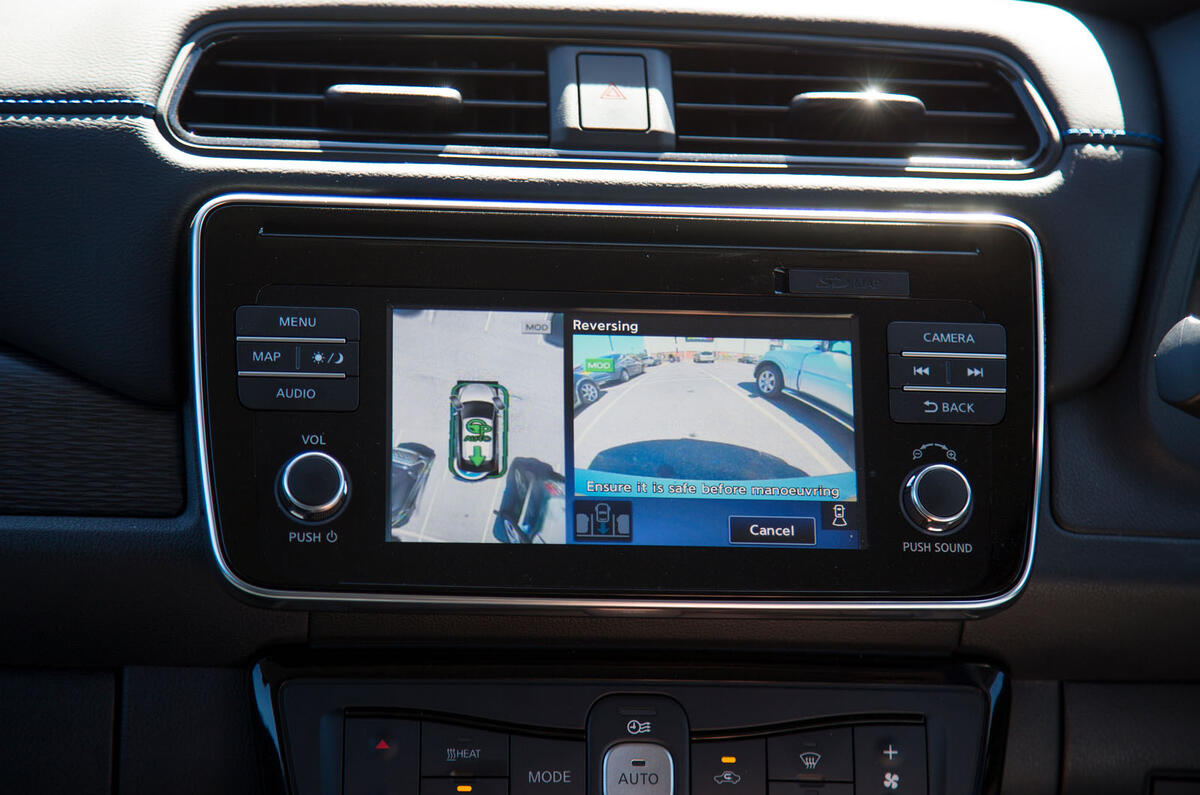
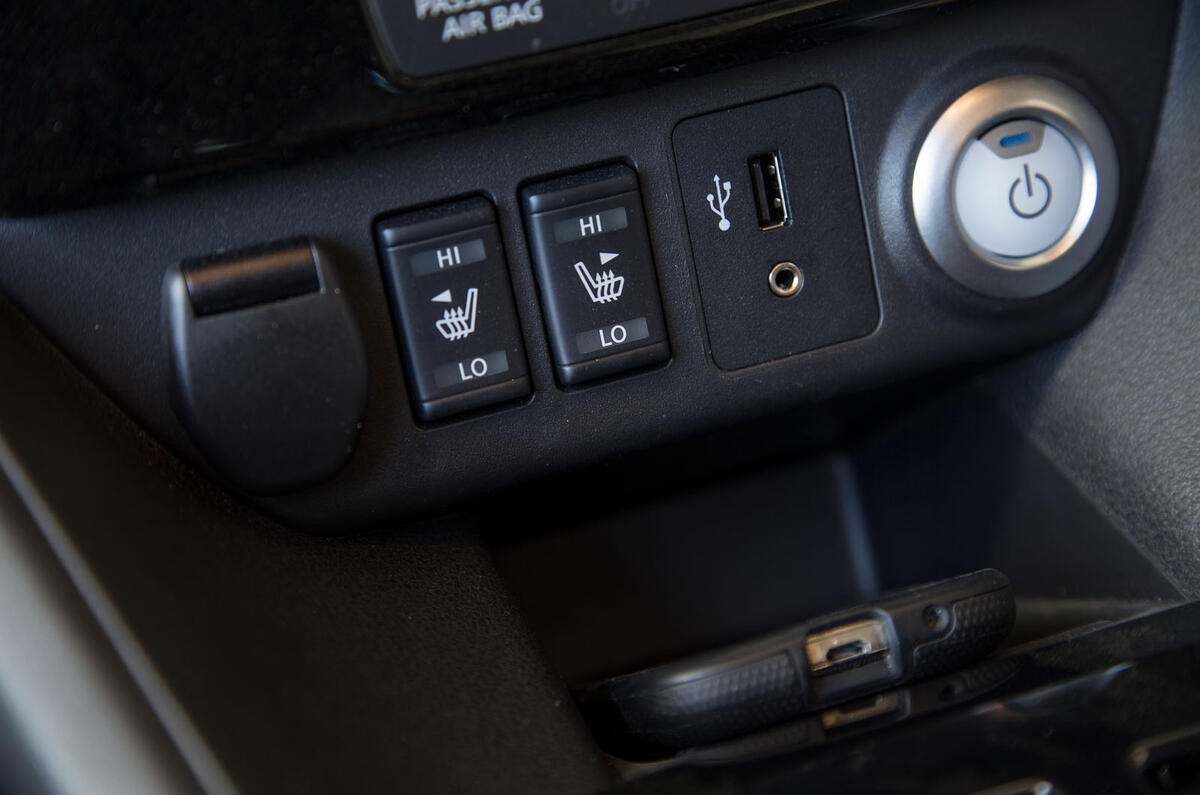
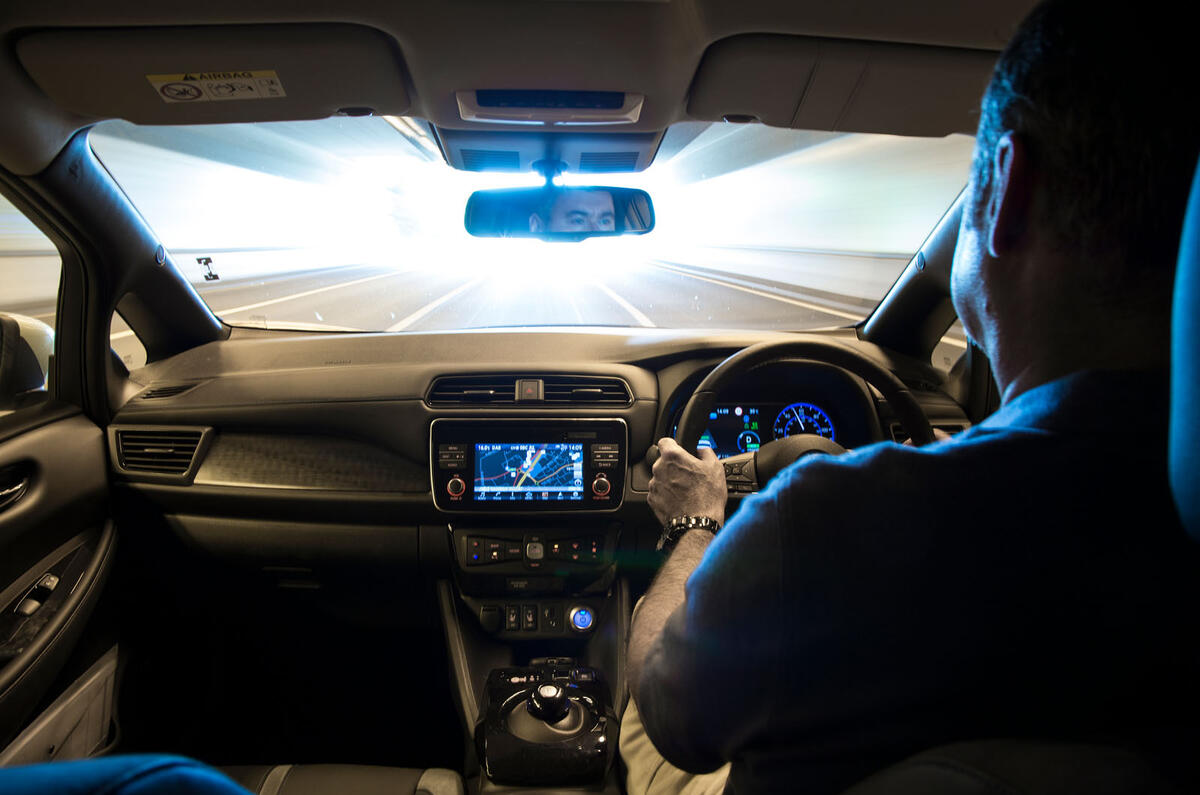
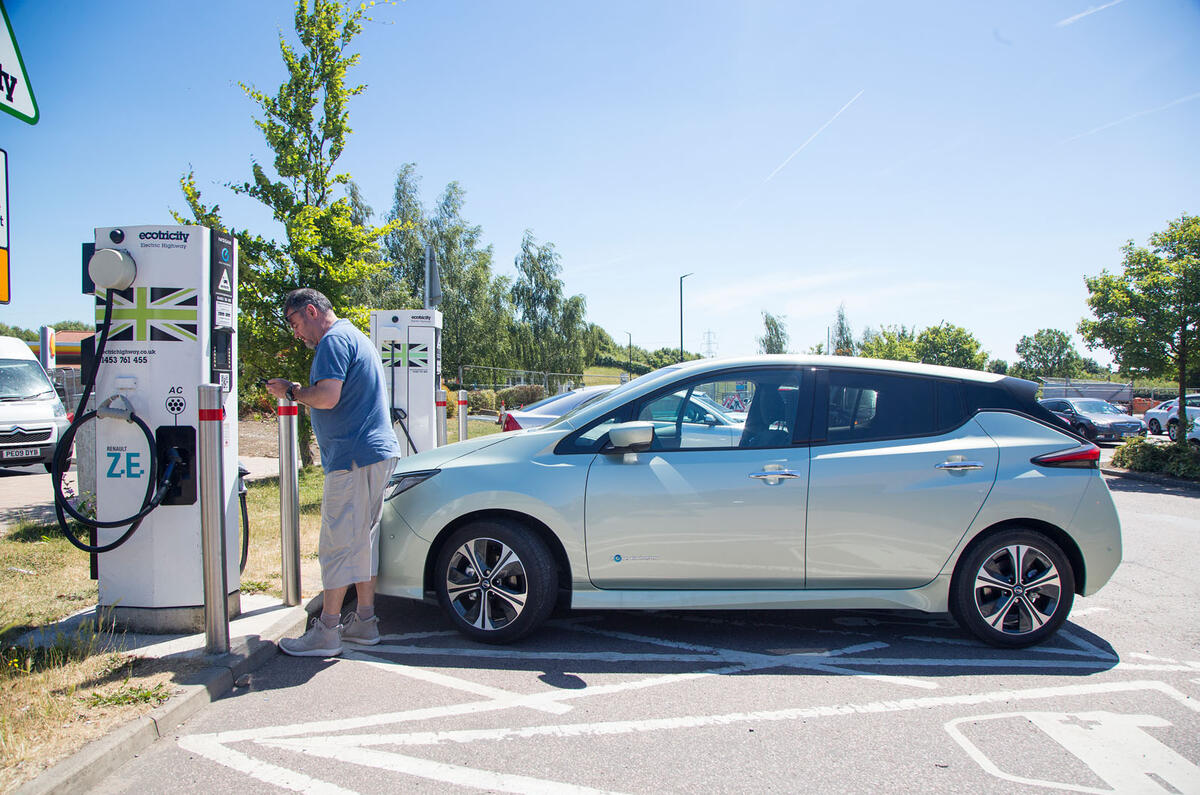
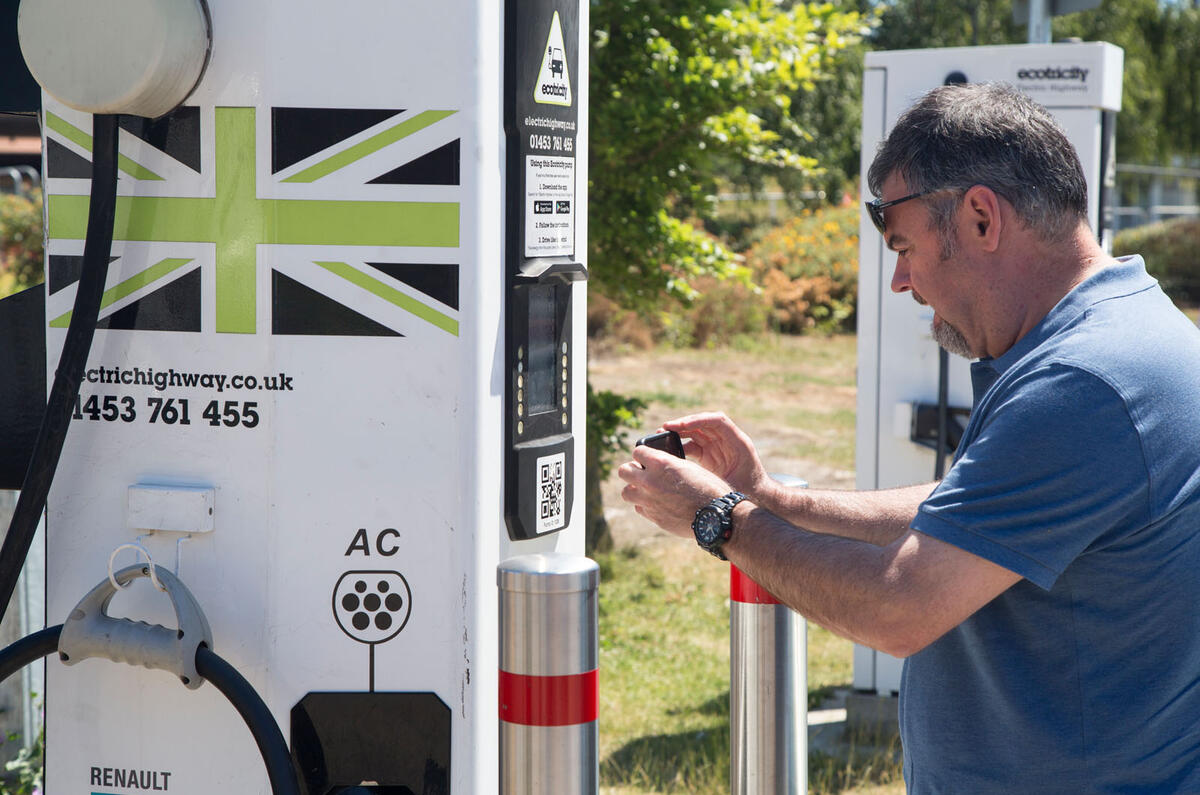
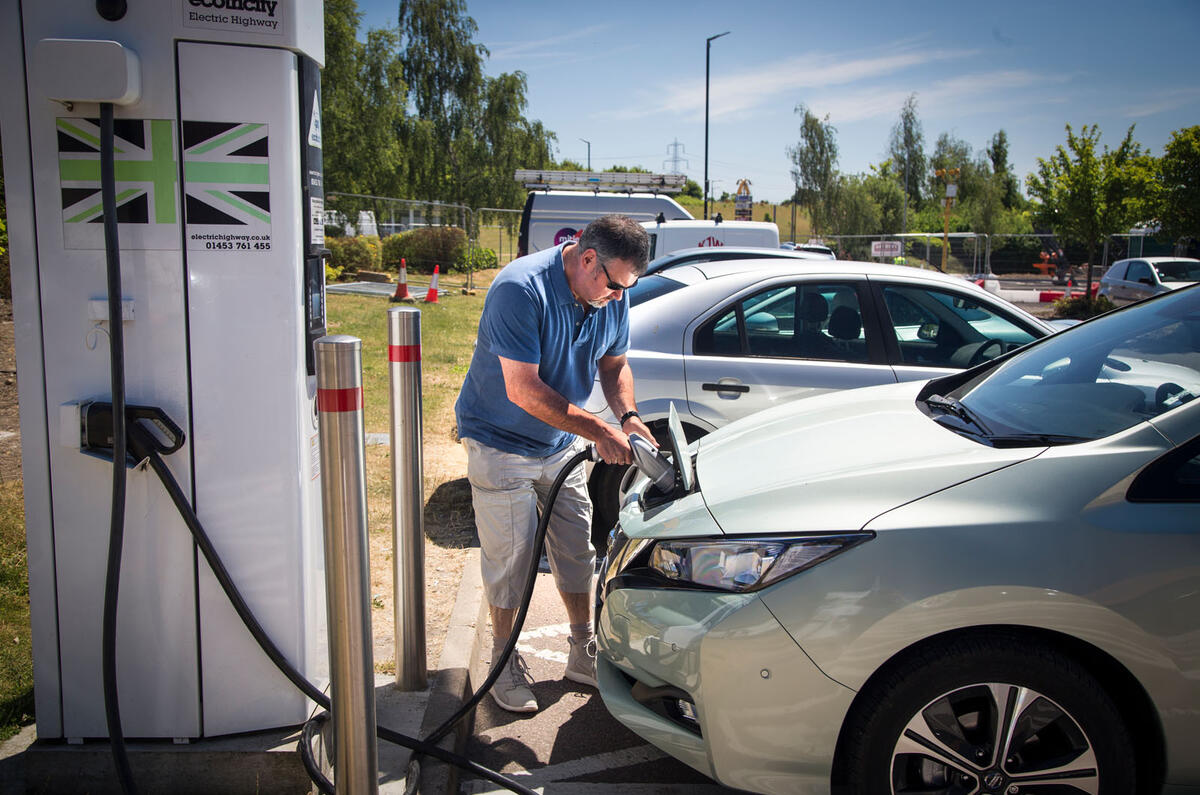
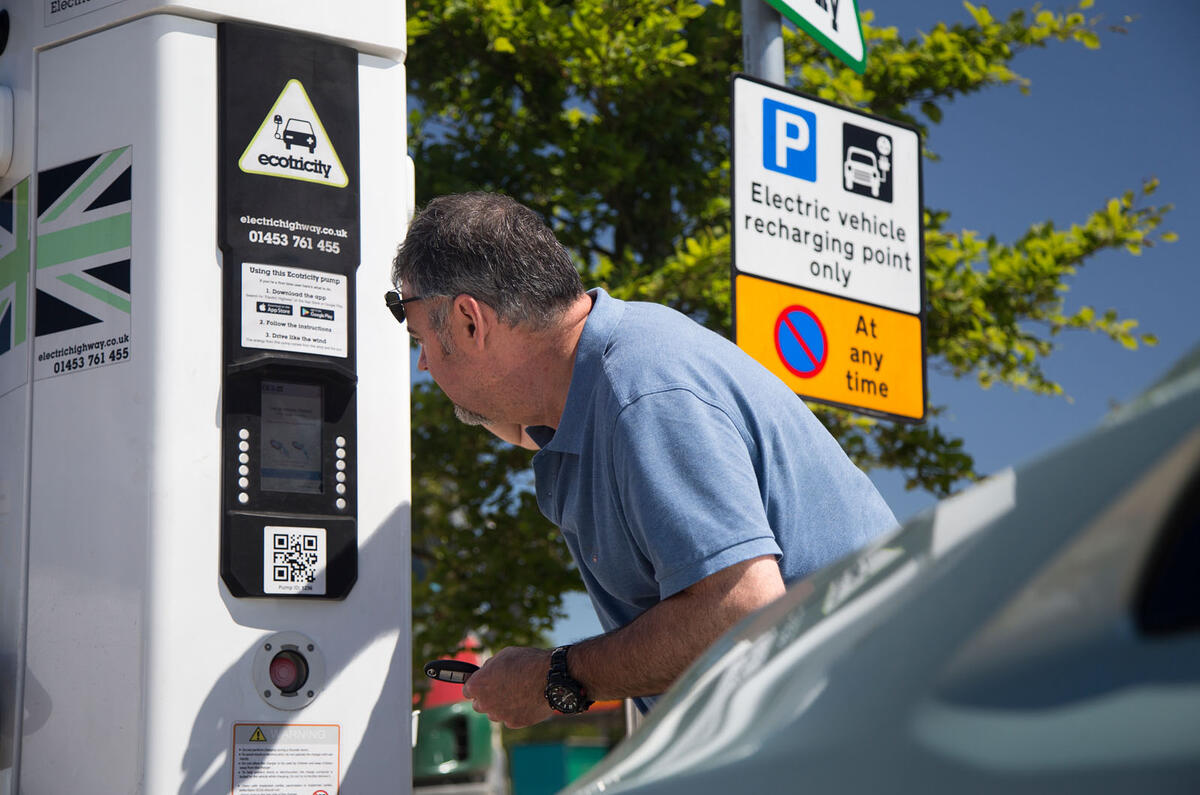
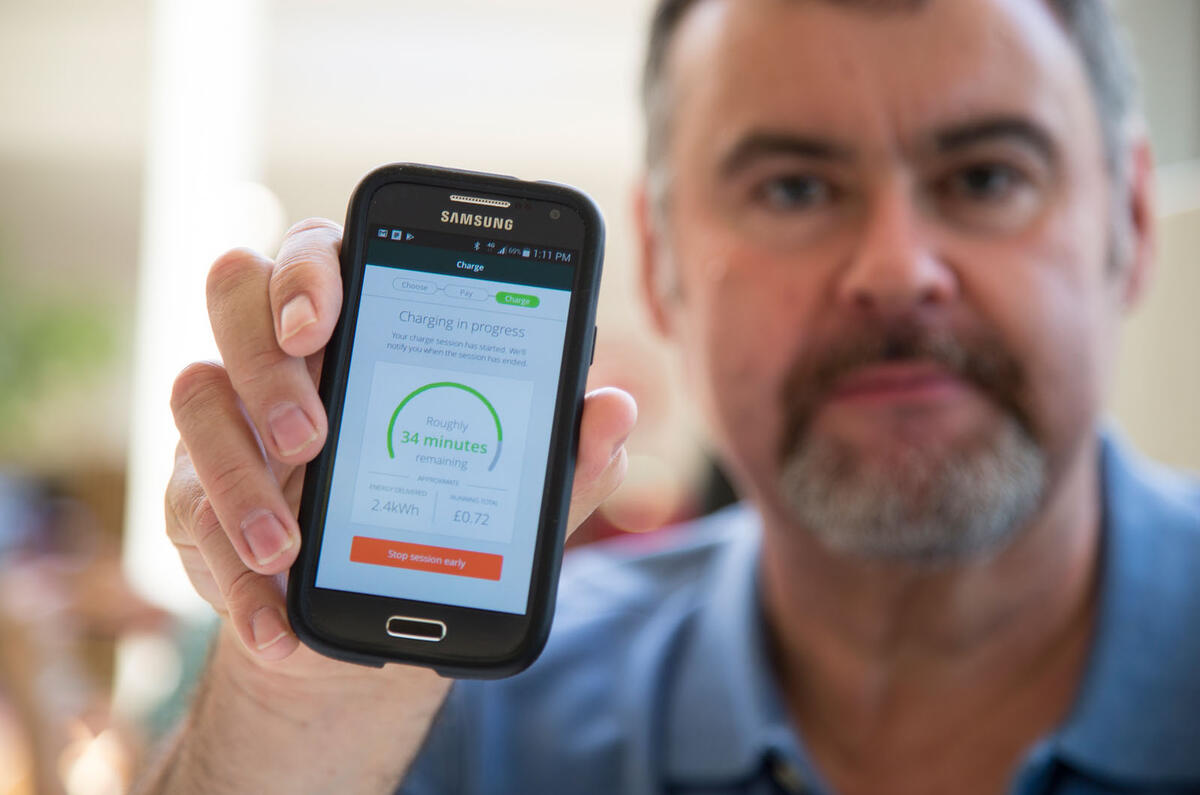
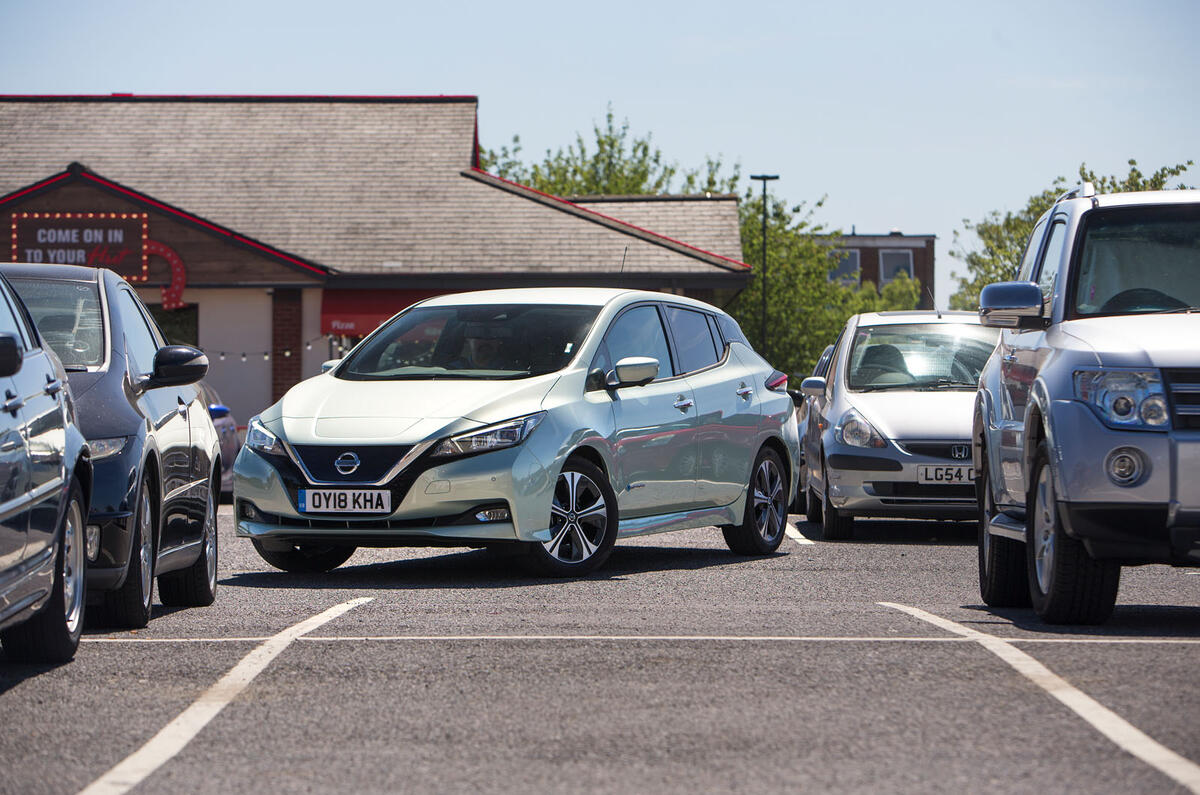
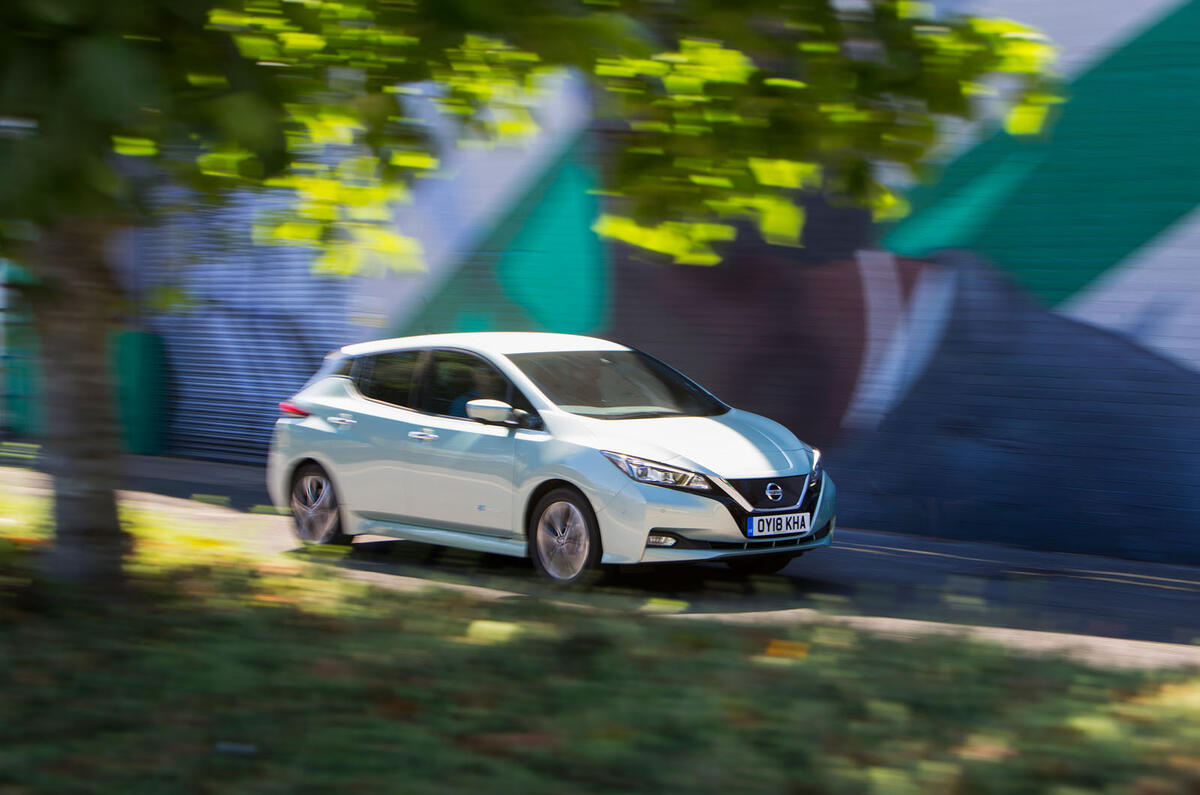
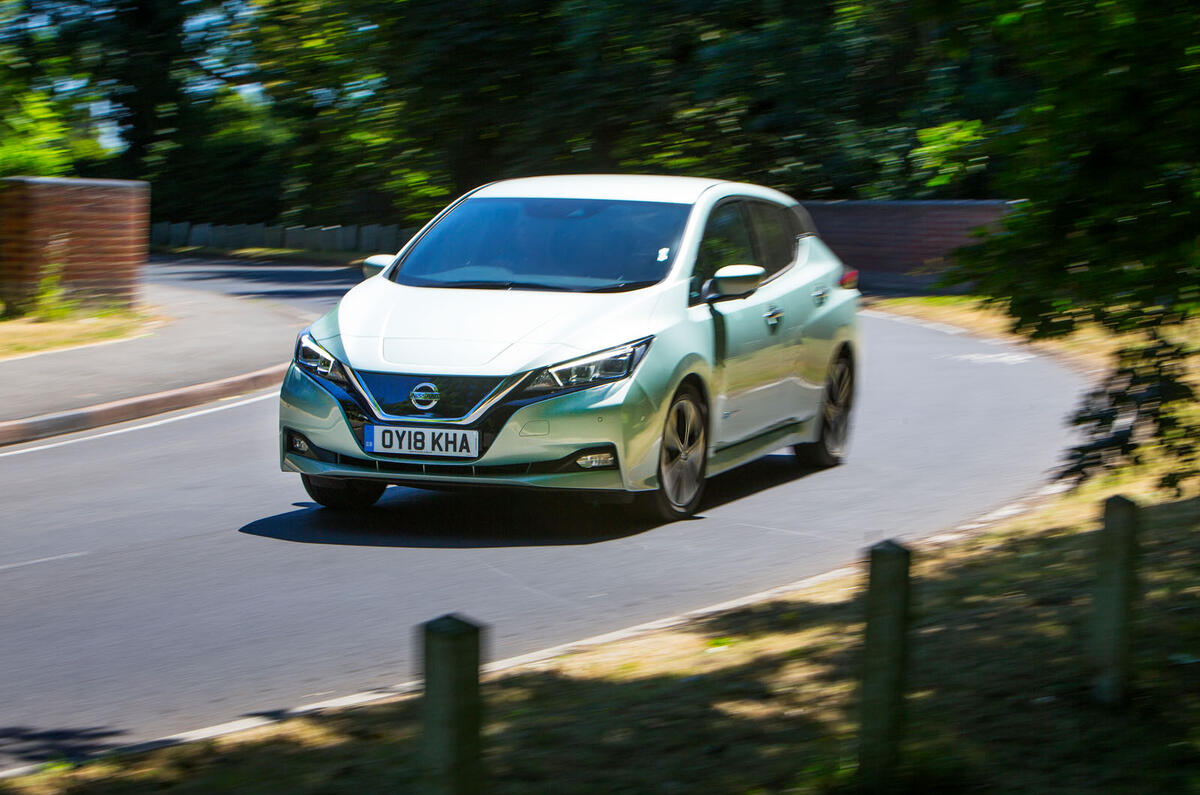
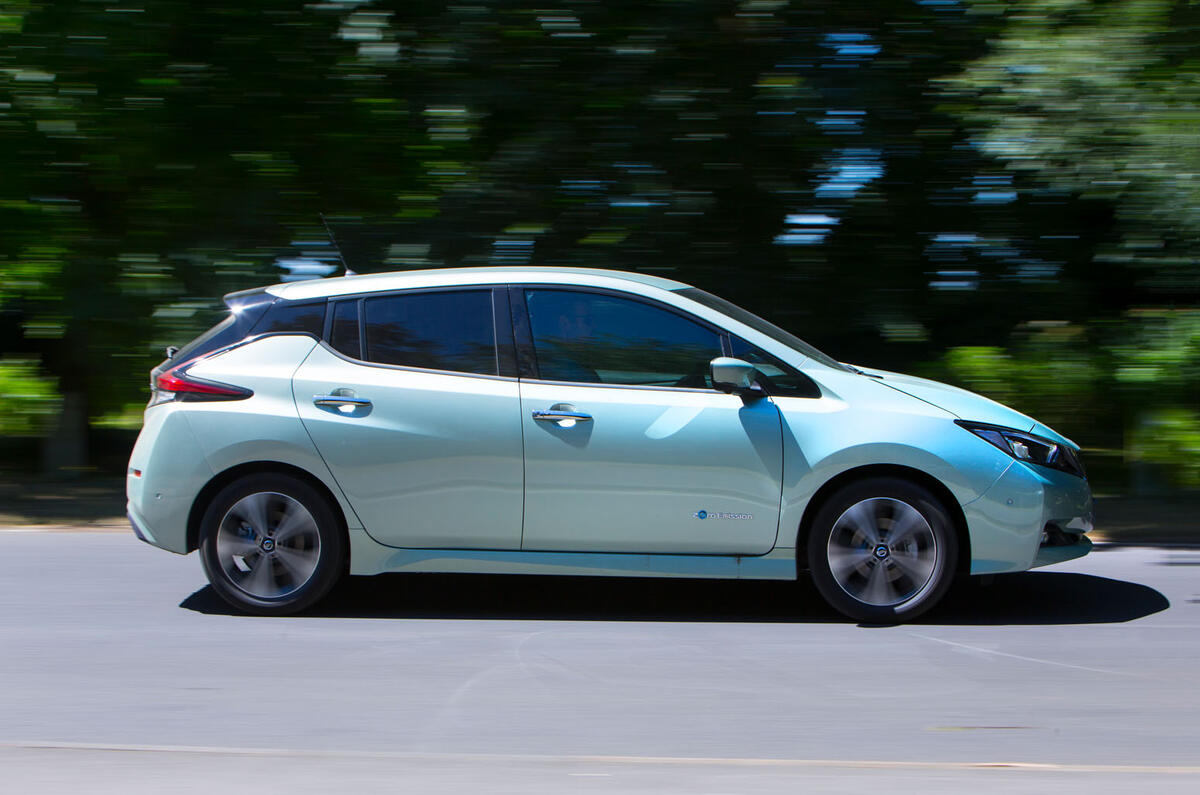
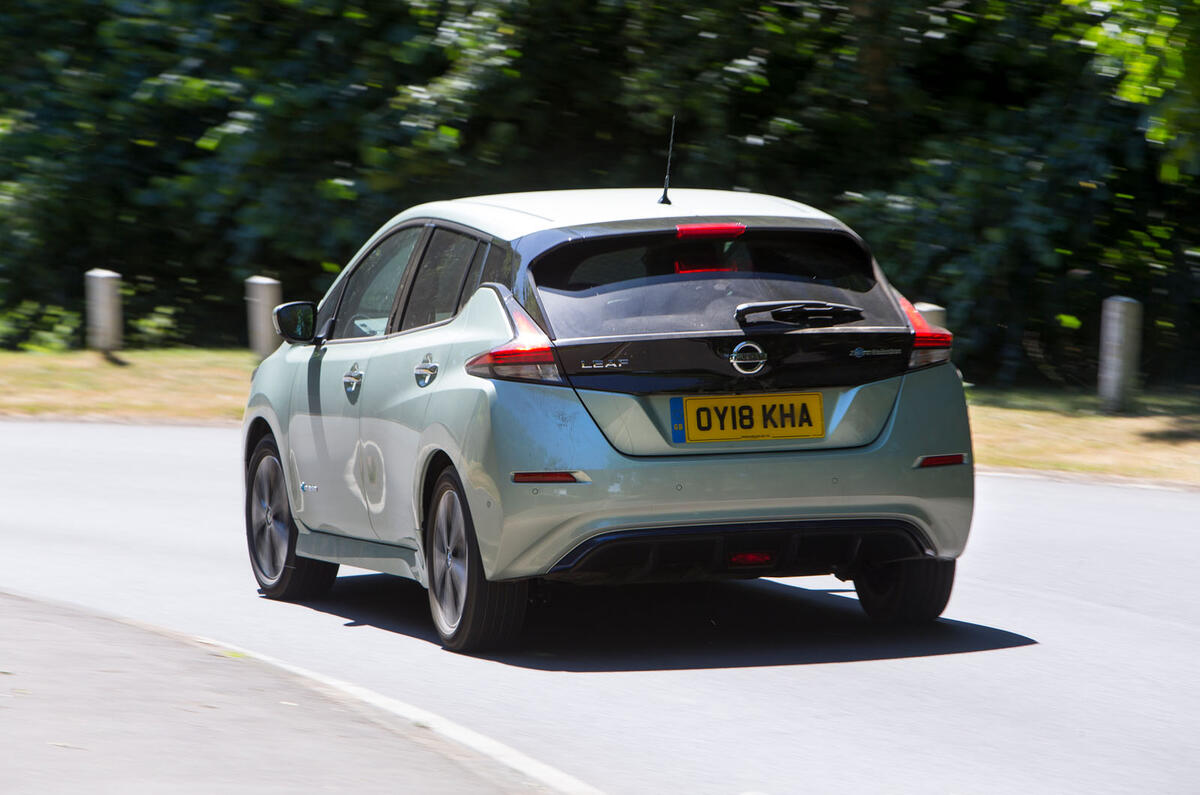
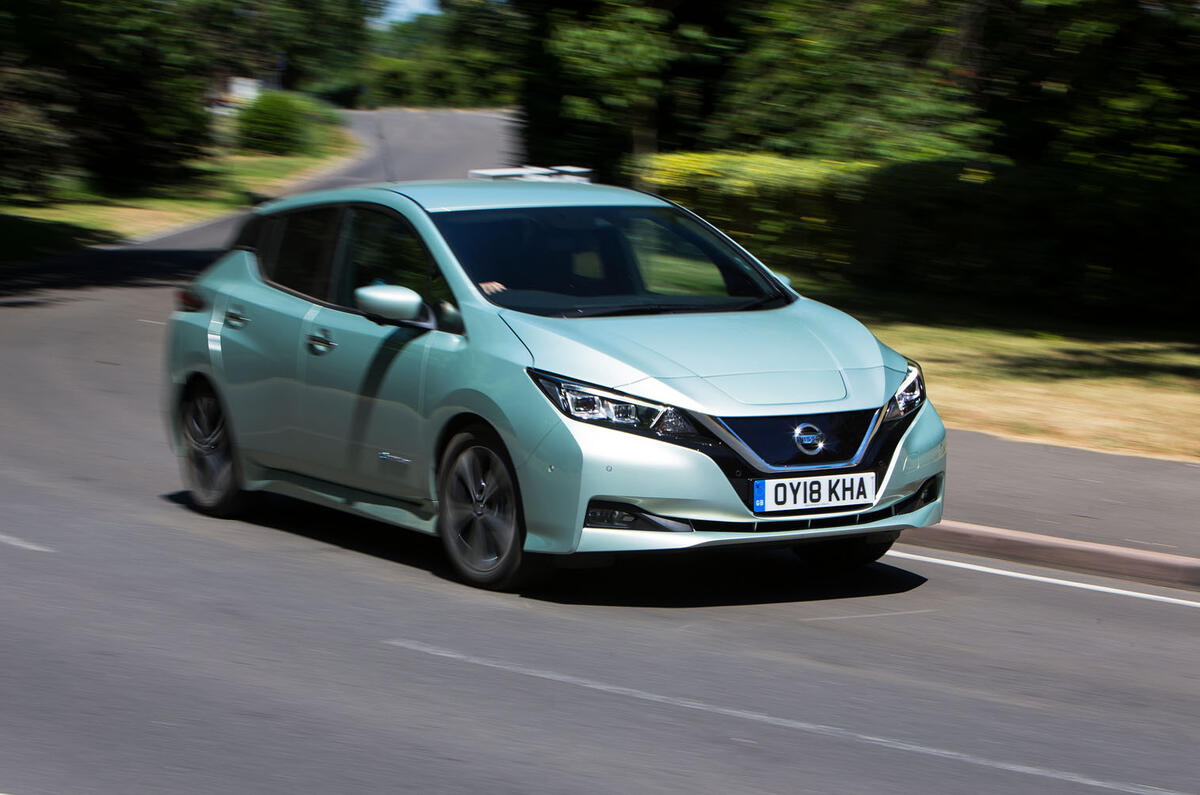
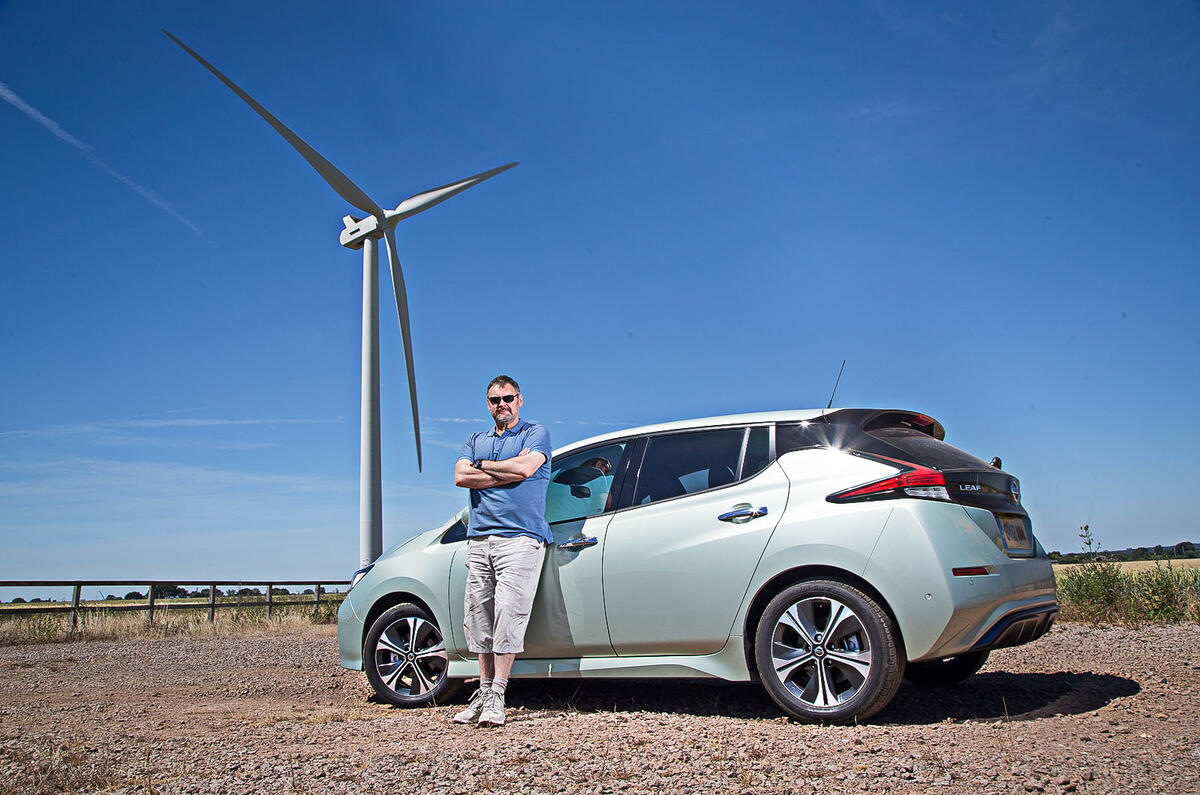
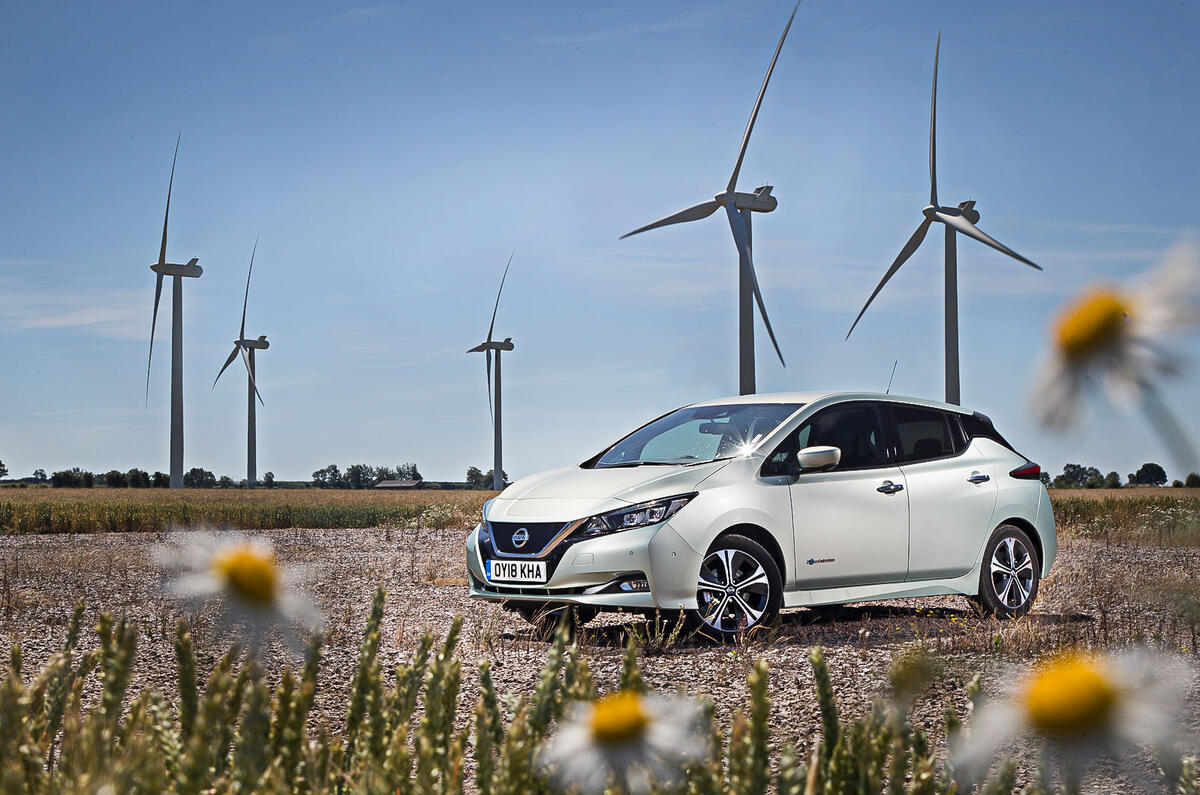
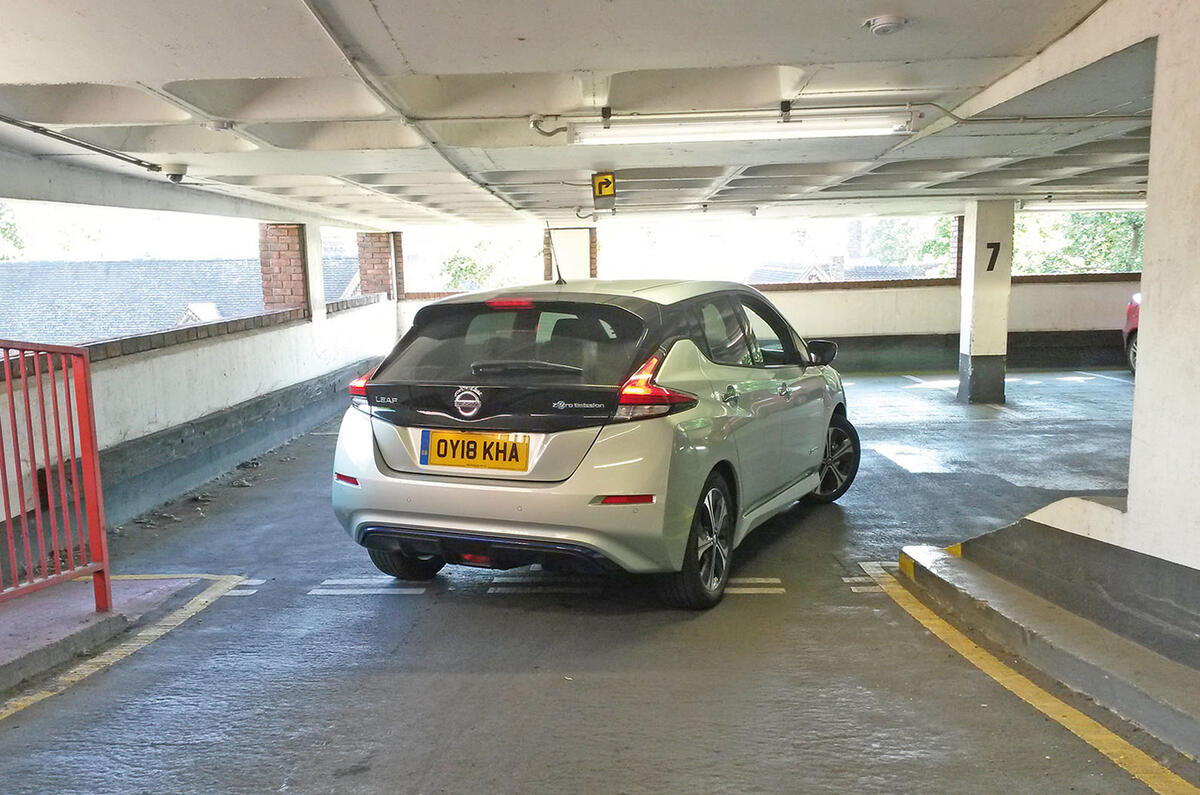
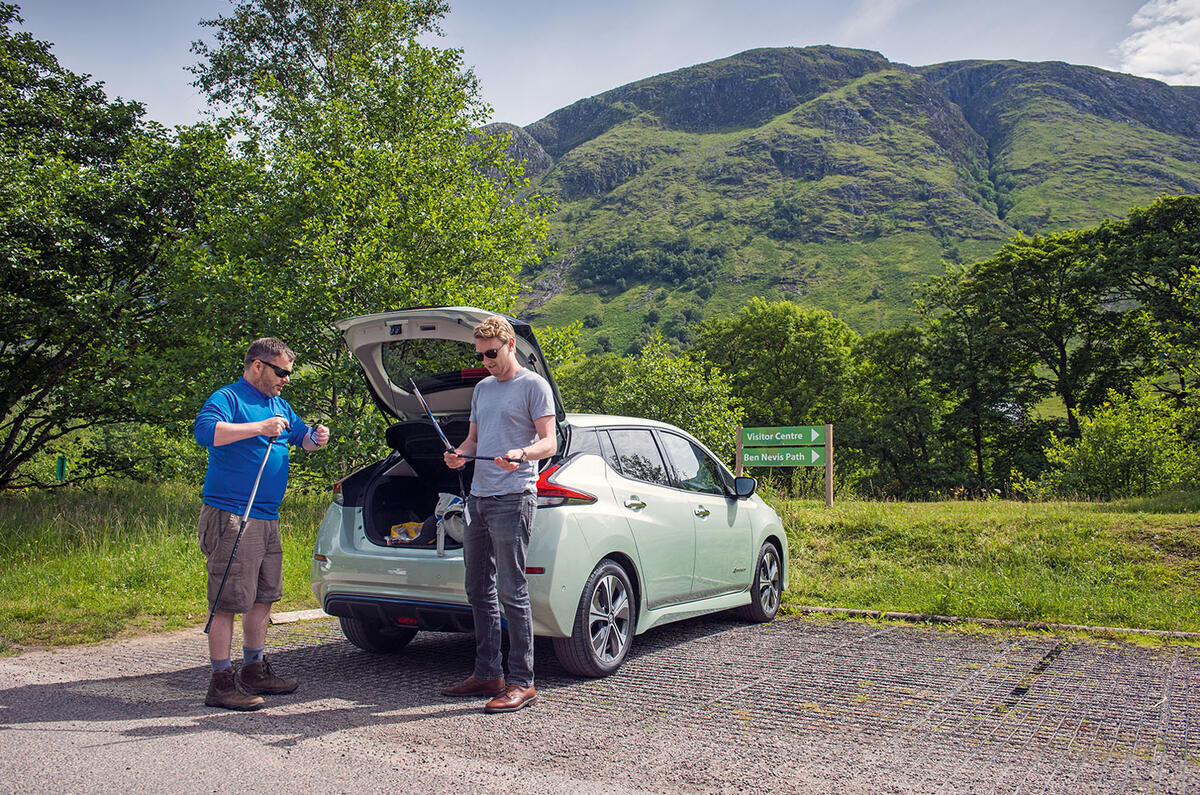
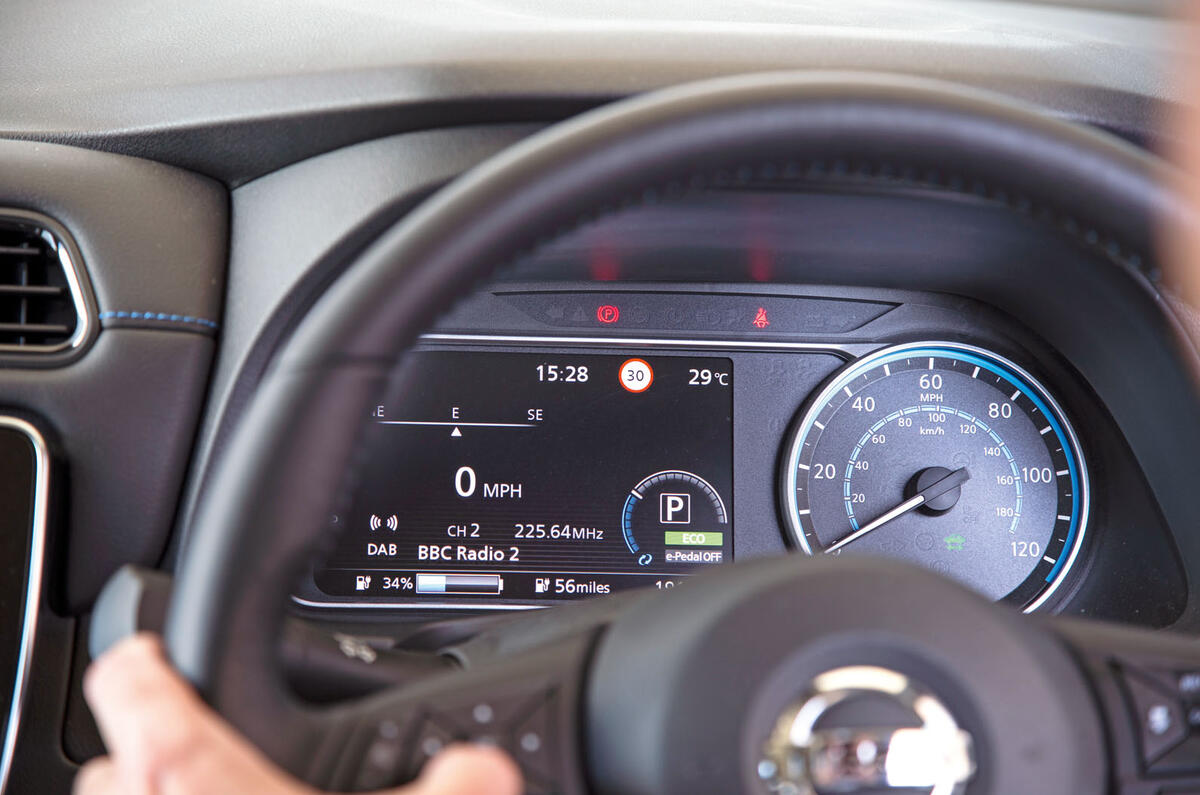
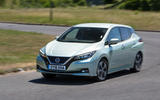
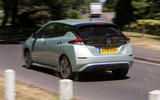
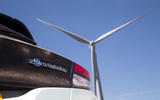
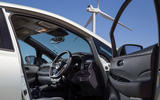


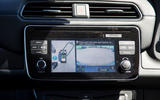

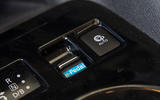
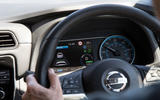
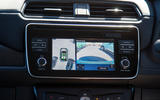
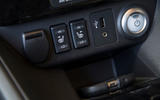

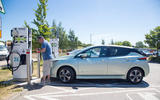
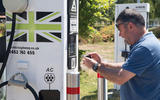
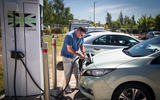
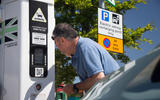

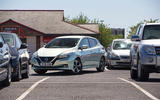
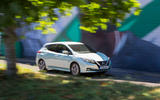
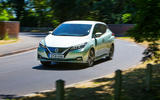
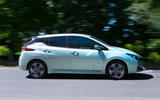
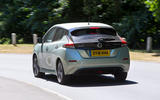
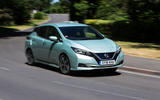

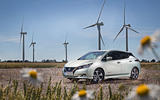
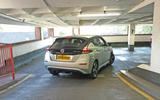
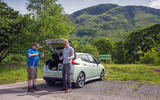
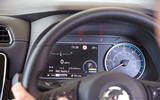
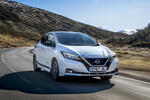
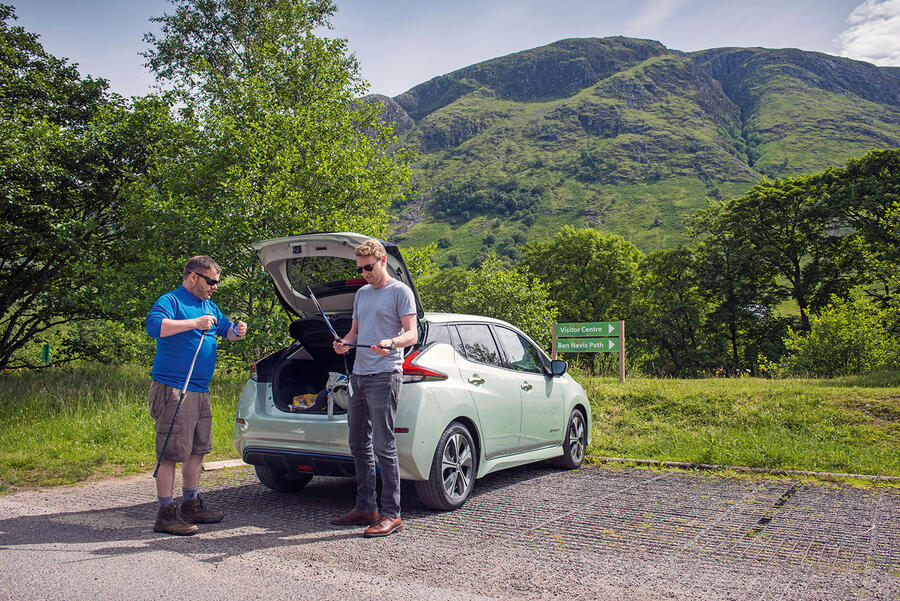
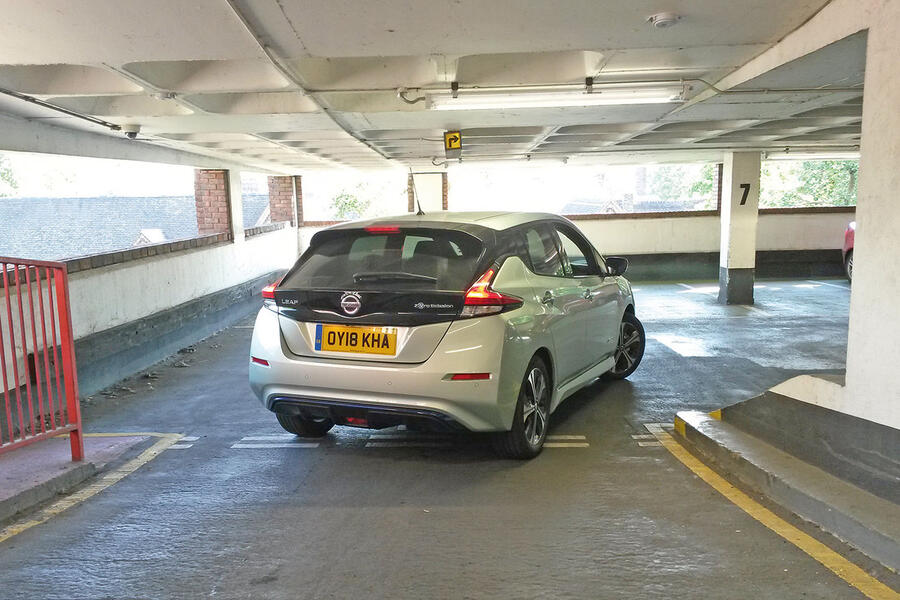
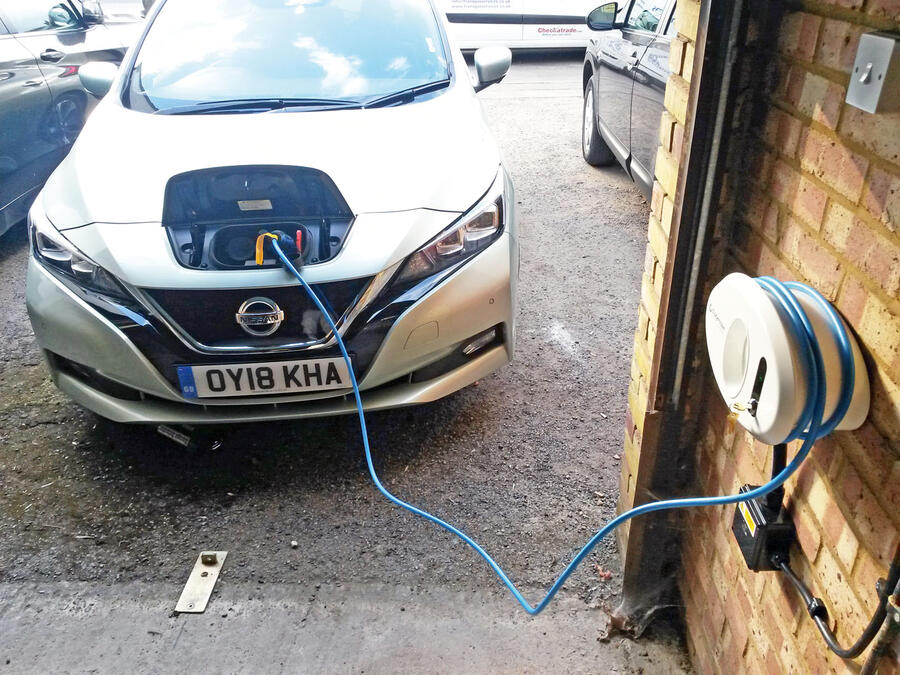
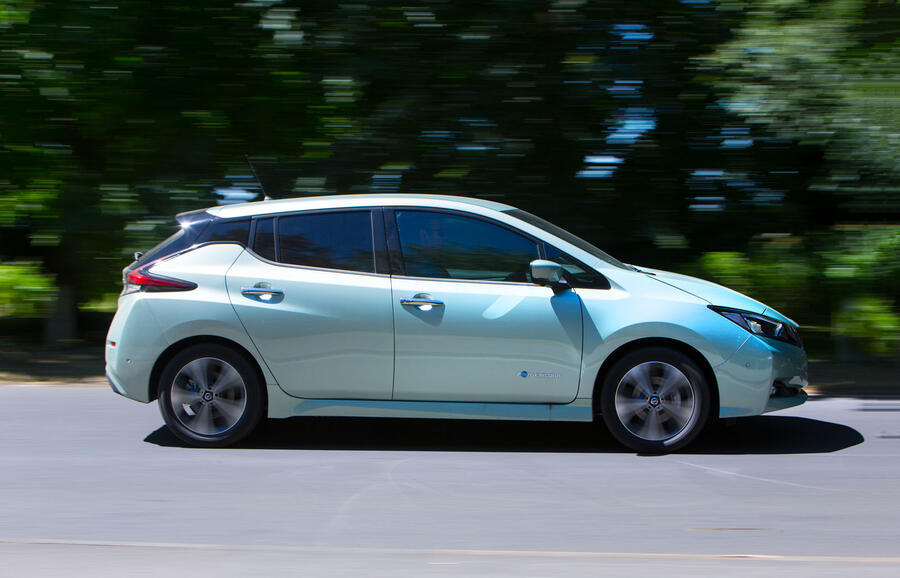

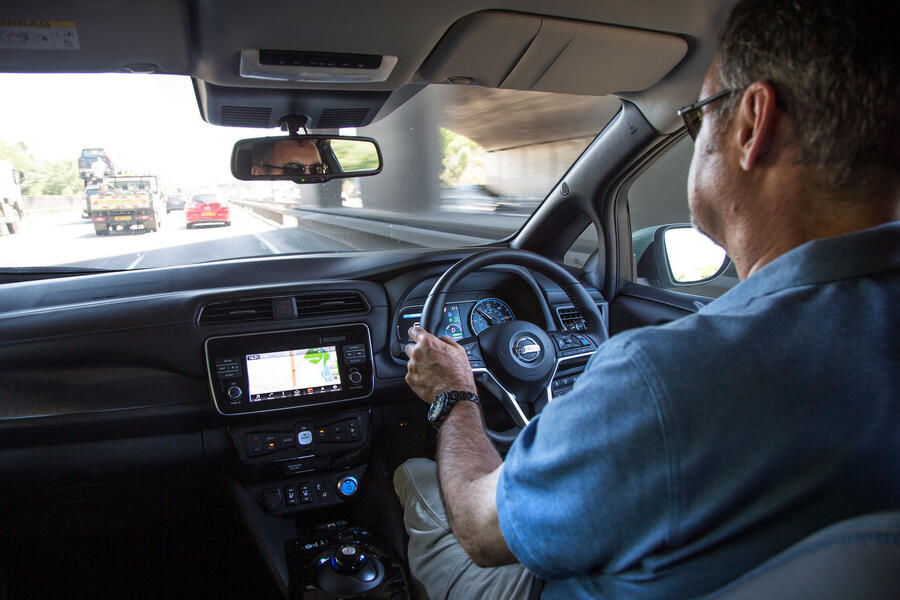
Join the debate
James Dene
New for Old
The only time I see one of these inverted bathtubs, is the car park at Sainsbury's and always driven by an old man. Why, because it's only old men who appear happy to sacrifice everything that makes driving a pleasure for the prospect of a penny less per mile covered - however miserably.
xxxx
Love the car
Hate the colour.
typos1 - Just can’t respect opinion
Luap
.
Oh.
supercarrambler
I always like to sacrifice
I always like to sacrifice the ability to have 100% torque all of the time...
supercarrambler
next time say hello
You should come and say hello next time, let me tell you about this particular "old" EV driver.
My youth was spent restoring and building motorcycles in my parents garden shed, travelling around the UK visiting auto-jumbles and seeking out speacialised shops, as soon as I had my first full time job I bought an AlfaSud and over the years owned more Alfa's and Lancia's than I care to remember.
Professionally I have been extremley lucky and for 30+ years worked for some of the worlds most prestigous motor manufactures which included launching marques, supporting driving cars around the world, motorshows, race events and have the honour to enter the first EV sportscars into a FIA sanctioned event.
In my spare time I've built and raced motorcycles and cars, hillclimbed, drag raced, lucky enough to have driven on most of our European circuits in full anger and regualry holiday across Europe with my family in our car.
So next time you see me charging up at Sainsbury's stop and say hello, I'll even buy you a coffee and ask you to explain who is really miserable and who actually still gets pleasure from motoring.
lambo1
Not everyone takes pleasure
Not everyone takes pleasure from driving a noisy panzer wagon that costs a fortune to run
Some people want cheap and reliable
janskit9
lol.
lol.
I have a leaf and a 911. Both have their advantages and disadvantages.
Dinosaurs are extinct for a reason.
Tasmar
Yes. I'm old. 65 years old.
Yes. I'm old. 65 years old. And I like the Leaf. It does what I need it to do and it is good to drive. For what it is worth , many years ago, I competed in many motor races driving single seaters, sports cars and saloons. I won several races. I even have a lap record. I have driven some epic cars including Frazer Nash , Lola T70 , GT40 etc. So next time you see me at Sainsburys in my Leaf don't be so judgemental - and ageist.
stevengerazdnn345
Sound great
Sound great. My family often go camping on weekend n travelling swhere on the holiday. Nissan is good choice. I will consider about this car.
But man is not made for defeat. A man can be destroyed but not defeated hotmail sign up
camike
thank you
Me likes the a piece of this, very nice and luxury.
color switch
Pages
Add your comment